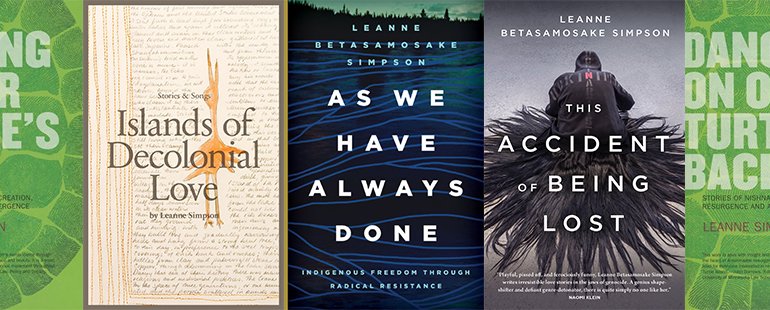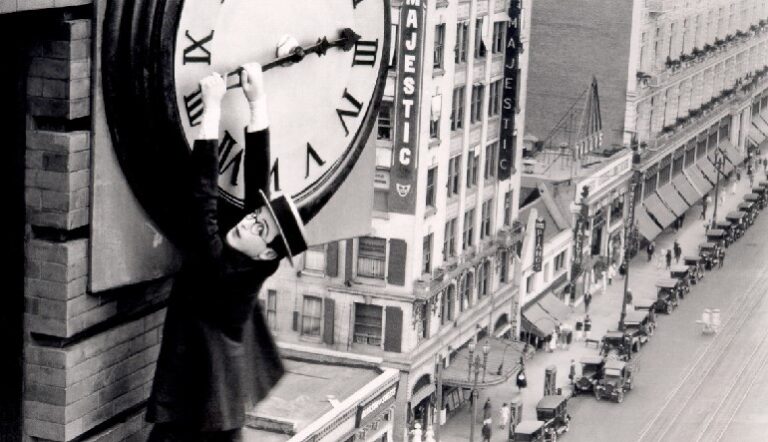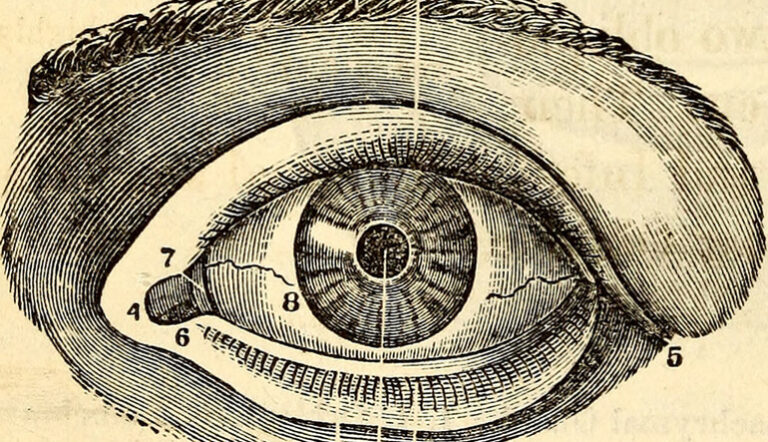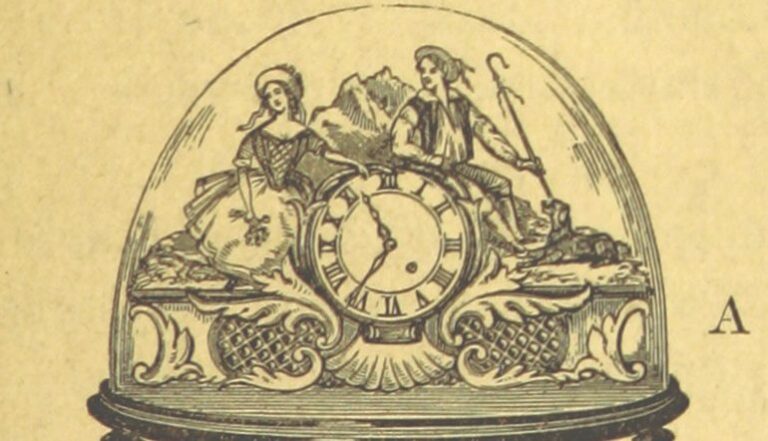Hybridity and Indigenous Identity in the Work of Leanne Betasamosake Simpson

Leanne Betasamosake Simpson, a member of the Alderville First Nation band of Missisauga Anishinaabe, gathers poems, songs, and stories informed by a distinctly Indigenous worldview in her hybrid books Islands of Decolonial Love: Stories & Songs (2013) and This Accident of Being Lost (2017), in addition to amplifying Indigenous-Feminist theories and frameworks in Dancing On The Turtle’s Back: Stories of Nishnaabeg Re-creation, Resurgence, and a New Emergence (2011) and How We Have Always Done: Indigenous Freedom Through Radical Resistance (2017). These collections, informed by a deep-rooted knowledge of Indigenous worldview, history, resistance, and futurity, testify to the capacity of Indigenous literature to experiment with hybrid literary forms, blending elements of different writing modes into a singular body of work; Indigenous collaboration and worldview, rather than the Western canonical stand-by of plot and linear narrative, serves as the supporting structure of her books. Betasamosake transformed my approach to reading by demonstrating the bounty of ways Indigenous writers can express kinship and tradition, that tradition can be experimental, and that a writer can fully profess their Indigeneity without falling into the modes and tropes designed for us by the western canon—Indigenous literature as stoic and laden with Pan-Indian epigrams; Indigenous literature defined by poverty, death, and disease, and not resilience, love, and adaptability.
As an Anishinaabe reader interacting with Anishinaabe-written texts, I’ve observed our particular worldview as well-suited to hybrid literary forms. Anishinaabe understand our positionality in the world as inter-connected and sincerely related to all living beings on earth—plants, animals, bodies of water, geologies—and the nations we work to live happily among. In Betasamosake’s work, this worldview is represented through structure—story lives alongside poem alongside song, each individual piece echoing an image or emotion or character that’s come before, transformed to fit that particular piece’s way of being. Each lives beside the other to create lyric harmony. Repeated imagery acts as connective tissue between poem and song, and expresses a kind of generational memory informed by body, love, and land.
Hybrid literature offers a writer radically creative methods of narrative building and storytelling. This is amiable to contemporary Indigenous understandings of literature: as creators and crafters of story, we partake in cultural work meant to be shared and created with all of our relatives, blood and chosen, so that we might all have a chance to tell, sing, and illustrate our part of ancestral legacy. Hybridity, therefore, manifests in cross-genre (and cross-nation) collaboration. Betasamosake for example shares space in her work with artists working in different mediums, creating another dimension of hybridity in her work. Select poems in Islands have companion songs, showcasing Simpson’s multi-modal collaborations with nine musicians of Indigenous heritage. Simpson teams with Juno Award-winning band A Tribe Called Red, a group known for layering electronic dance music over traditional Ojibwe songs, in “jiibay or aandizooke,” adding multi-modal complexity to themes of urban Native identity. Collaboration is hybridity. Kinship and partnership is deeply meaningful in Islands, demonstrating the infinite ways Indigenous writers can invite their distinct communities into their work.
In the introduction to Family Resemblance: An Anthology and Exploration of 8 Hybrid Literary Genres (2015), editor Marcela Sulak writes, “lyric essay is . . . an attempt at understanding that understands that linear progression does not necessarily arrive at understanding, and that the action of turning back—which is the etymological root that gives poetry the name ‘verse,’ the ploughman’s turning at the end of a field row—might be the most fruitful tactic.” Betasamosake, however, says, in an interview with Room magazine, that “when it’s me and my pen or computer, I’m not really thinking about genre. I’m thinking about story and I’m thinking about the layering of stories, that is such an important part in Anishinaabe storytelling and many different Indigenous storytelling practices.” Betasamosake’s work exists outside of the categories we’ve designated for hybridity—lyric essay, flash fiction, prose poetry, performance literature, to name a few—though this is not to say that her work doesn’t play with these forms. Rather, Betasamosake’s work exhibits a capacity to blend and transcend these categories in a writing mode I prefer to think of as uncategorizable.
Hybrid modes of writing can also be mimetic of contemporary Indigenous identities, which in many ways are also uncategorizable. Is this a lyric essay or a prose poem? Is Indigeneity defined as an ethnic or a political category? Is this performance art or literature? Is Indigeneity a belonging, a set of cultural practices, or something else? Does one tribe’s proximity in location (following relocation) to another necessitate kinship, though history and cultural practice may differ wildly? Are we held together by a thread or a braid? The question seems to always be, what is this and what am I and what are we, and the truth is we’re all, Native and Genre alike, messy, blended, beautiful beings, particular to our families and ourselves.
One aspect of contemporary Indigenous identity that highlights our complexity is the experience of the urban Native, which Betasamosake explores in the story Plight. A group of Anishinaabekwe embark to reclaim a white liberal neighborhood as a sugar bush, and practice the ancestral maple-sugar making generations before would have enjoyed in that very location. The narrator explains how to “be Indigenous” in a way that convinces these urban settlers to let them do the thing they should have a treaty and ancestral right to do:
We know how to do this so they’ll be into it. Hand out the flyers first. Have a community meeting. Ask permission. Listen to their paternalistic bullshit and feedback. Let them have influence. Let them bask in the plight of the Native people so they can feel self-righteous. Make them feel better, and when reconciliation comes up at the next dinner party, they can hold us up as the solution and brag to their real friends about our plight. I proofread the flyer one more time because everyone knows white people hate typos.
To live as an urban and/or a mixed Native is to be keenly aware of the legacy between Indigenous and colonial society, a legacy built into the foundations of our cities, reservations, and neighborhoods, a legacy that flows in our love, in our blood. Being an urban and/or mixed-race Native can entail assimilation or adaptation. What I love about Betasamosake’s exploration of this identity is the emphasis placed on adaptation, the struggle and joy and creativity of holding onto your people in a society that’d rather you let go. We inhabit hybrid worlds and turn to the forms that allow us to express this complexity in its entirety.
Hybrid forms also offer Indigenous writers an alternative to colonial measurements of time by making room for and encouraging non-linear storytelling. This is vital for an honest telling of the colonial history between European settlers and Indigenous nations across the North and South American continents. Recent inquiries into the science of epigenetics have studied how trauma imbeds itself intergenerationally in Indigenous DNA, making a strong case that we physically carry colonial history in our bodies. We shouldn’t, however, limit an Indigenous conception of non-linear history to trauma. We must also acknowledge and honor the strong, loving relationships between ancestors and their descendants common among many Indigenous nations. Betasamosake invokes this multi-faceted approach to time and history in her poem a love song for attawapiskat: “they fed me one story / then another, / spinning it / until / it became / the unraveling ball of wool, / it always was . . . i saw the lines / on that kookum’s face, / the ones that trace / you from / the beginning of time.” By writing lyric, Betasamosake elegantly writes the form of an ancestor into being on the body of another, creating a lyric world where ancestor and descendant exist together in a singular poetic line. Including lyric and prose in the same book grants Betasamosake multi-dimensionality in both form and expression, resulting in a robust portrait of Indigenous life.
Another way in which Betasamosake braids hybrid forms and Indigenous identities is by exploring the tension between Anishinaabemowin and English via the wry, unabashed humor Anishinaabe storytelling enjoys. An example of this occurs in the story “Akiden Boreal,” when two Anishinaabeg plan a trip to the last preserved plot of Boreal forest left in the world. Betasamosake fuses Anishinaabe humor with sexuality, grief, and language reclamation/language loss in a swift paragraph: “Akiden means ‘vagina.’ Literally, I think it means ‘earth place’ or ‘land place,’ though I’m not completely confident about the meaning of the ‘den’ part of the word and there is no one left to ask. I think about that word a lot because I approach my vagina as a decolonizing project and because metaphors are excellent hiding places.” The electric dynamic between Anishinaabemowin and English express the hybridity of modern Indigenous experience. Betasamosake includes Anishinaabemowin words in her books; there is power in holding onto even a handful of words the colonial project of the English language would rather have forgotten, aside from a few loan words, such as Moose, Moccasin, Totem, and Canoe. There is more power yet in including these words without providing an English translation, centering the reader with even a basic grasp on the language, and instigating the unfamiliar to look up a translation and perhaps learn a little more about language and culture in the process.
In this decision, there is also an insistence on holding onto the grammatical worldview Anishinaabemowin blesses its speakers with. Ethno-botanist and author of Gathering Moss: A Natural and Cultural History of Mosses (2003) and Braiding Sweetgrass: Indigneous Wisdom, Scientific Knowledge, and the Teachings of Plants (2013) Robin Wall Kimmerer describes the tension between English and Anishinaabemowin grammars with elegance when she lays out the components of objectification in Linguistic Imperialism. Instrumentality, ownership, denial of autonomy, violability, and inertness lay a framework for the English language to enable Capitalism to “it,” the land, whereas Anishinaabemowin adapts a grammar of animacy, which instills speakers with respect and love toward the beings an imperial language would regard as resource or liability, rather than a relative. Language hybridity can then express our relational knowledge between self and other that would’ve otherwise been built into a piece written entirely with an Anishinaabemowin grammar. Betasamosake’s work is an effort to communicate a decolonial worldview through a colonial language.
Betasamosake’s work exemplifies the brilliant possibilities of hybrid forms. Hybridity in genre allows Indigenous literature the freedom to shape-shift, to tell a story the best way it can be told, and to let that story live among its relatives, whether they be short story, memoir, or song. Hybridity also allows Indigenous identity to exist as more than a single archetype, the form naturally hungry for complex narratives and emotional mystery. By inviting artists of various mediums to collaborate on her books, Betasamosake leverages hybrid forms to build creative relationship networks, strengthening creative Indigenous communities. Hybrid forms already challenge the Western canon by presenting other ways of storytelling that go beyond what we’ve been taught as the only way. In the hands of Indigenous writers like Betasamosake, the scope of what hybrid forms can do to advance contemporary literature widens, and helps make it possible for Indigenous writers to fully inhabit their own story.
This piece was originally published on November 18, 2020.


